Rouffaer, G. P. and H. H. Juynboll
Die Batik-Kunst in Niederländisch-Indien und ihre Geschichte bearbeitet auf Grund von dem im Reichs Museum für Volkerkunde und öffentlichen wie privaten Sammlungen in den Niederlanden befindlichen, reichhaltigen Material. De batik-kunst in Nederlandsch-Indië en haar geschiedenis. Op grond van materiaal aanwezig in 's Rijks Ethnographisch Museum en andere openbare en particuliere verzamelingen in Nederland.
Haarlem, H. Kleinmann & Co.; Utrecht, A. Oosthoek, 1899-1914. Two volumes in two (text, atlas). Large 4to (33.5 x 25.8 cm). Double title pages (in German and Dutch), 646 pp. (15, [iii], xxx, 534, xxix, xxxi-lxv); several text illustrations (1914 text volume); ix pp.; 100 plates (many double-sized, and/or in colour), one very large, double folded map (in red and black) of Java and Madura (1899 atlas volume), a second map, of "Voor India" (i.e., India proper) in red and black, double folded, tipped in between plates 80 and 81. Uniform full batik cloth. Patterned endpapers.
The first comprehensive work on batik art, a beautiful work, aptly bound in batik cloth. Rarely found complete - if at all. There is a 15-year gap between publication of the atlas (with rather early colour photography) and the accompanying text. The work deals with all aspects of batik design, production, and application, comprising many fine photographs of batik manufacturing, including batik presses, batik dresses and other cloths, and a variety of stunning designs and patterns, partly printed in colour. Batik, which originates from the island of Java, is “a technique of wax-resist dyeing applied to the whole cloth. This technique originated from the island of Java, Indonesia. Batik is made either by drawing dots and lines of the resist with a spouted tool called a canting, or by printing the resist with a copper stamp called a cap. The applied wax resists dyes and therefore allows the artisan to colour selectively by soaking the cloth in one colour, removing the wax with boiling water, and repeating if multiple colours are desired” (Wikipedia). The first author, Gerret Pieter Rouffaer (1860-1928) was a versatile scientific researcher and bibliographer. With no academic background, he considered himself a "free worker". He has published on painting, applied arts, archaeology, history, ethnology, geography and cartography of the Dutch East Indies (now Indonesia), seen from an indigenous, rather than a colonial point of view (see Dutch Wikipedia). The second author, Hendrik Herman Juynboll (1867-1945) was a Dutch linguist and scholar, specialized in old Javanese languages, art, and culture. Texts in two columns, viz., German (translated by J. C. E. Schmeltz) and Dutch. Includes a bibliography and several indexes. Some light age-wear, mainly to the spines; occasional light, mostly marginal foxing (the atlas title more spotted), otherwise a very good, clean and unmarked copy. We found only one auction record of a complete copy, including all plates and with two maps. OCLC reports fewer than ten copies in libraries worldwide. Siegelaub, Bibliographica Textilia Historiae, p. 213.
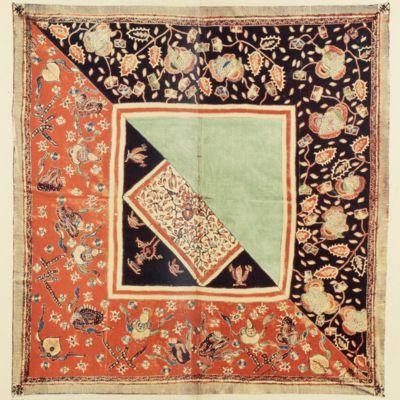

![image for [Auvergne] Itinéraire de Clermont au Puy de Dome, ou description de cette montagne et de la Vallée de Royat et Fontanat; seconde edition. [AND] Two other papers on the geology of Auvergne, by A. C. P. F. Von Lasaulx, and by J. B. Bouillet, bound in.](https://www.schierenberg.nl/media/cache/product_thumb/66670/66670_x.jpg)
![image for Vogel/vis - Bird/Fish [Fine facsimile print].](https://www.schierenberg.nl/media/cache/product_thumb/71463/71463_x.jpg)
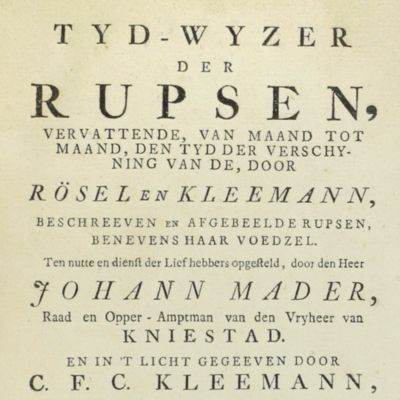
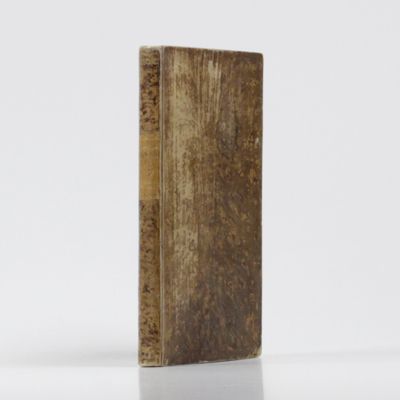
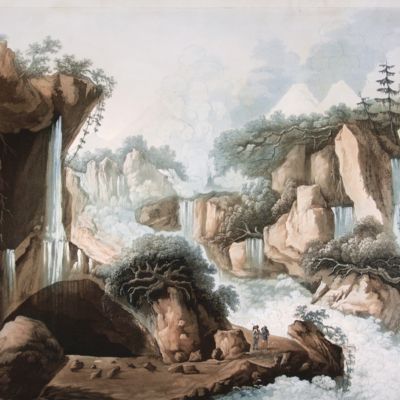
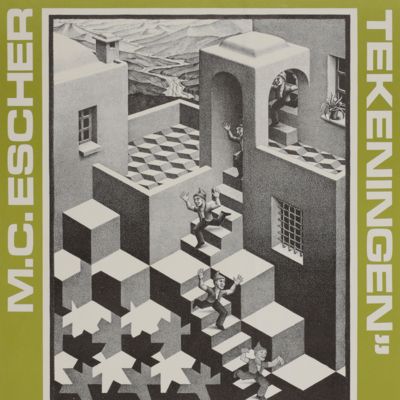
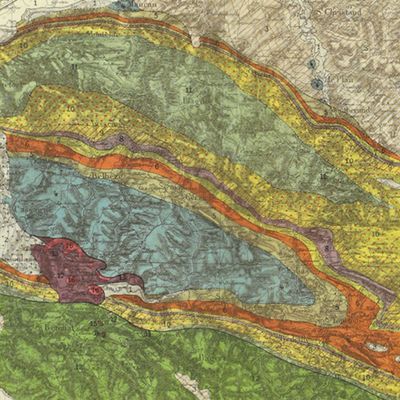
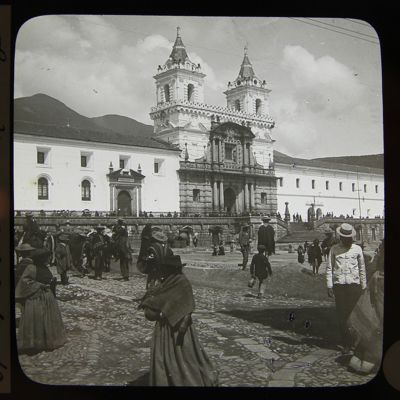
![image for Résultats des explorations zoologiques, botaniques, océanographiques et géologiques entreprises aux Indes Néerlandaises Orientale en 1899-1900, à bord du Siboga sous le commande de G. F. Tydeman, publiés par Max Weber. Livraison 1-148. [All published].](https://www.schierenberg.nl/media/cache/product_thumb/51581/51581_x.jpg)
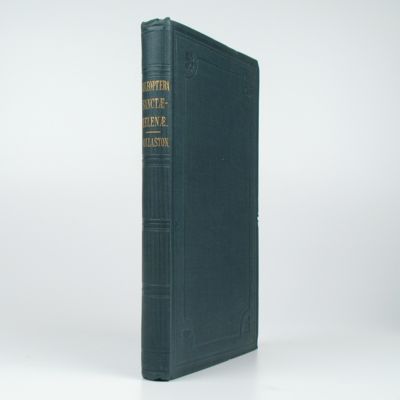
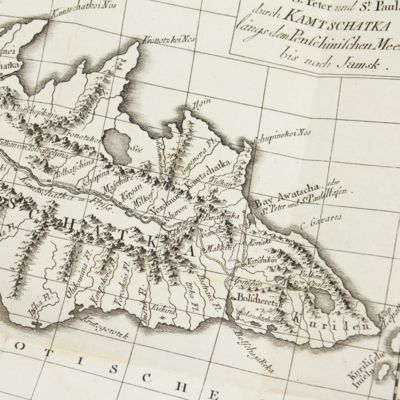
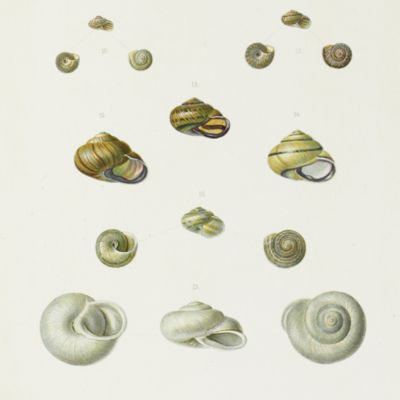
![image for Boven en onder - Up and Down [Fine facsimile print].](https://www.schierenberg.nl/media/cache/product_thumb/71456/71456_x.jpg)
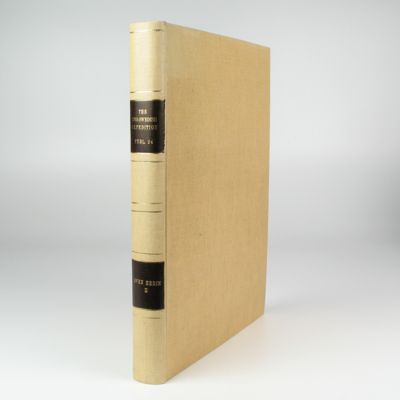
![image for Ananas de Ripley [Pine apple from La Belgique horticole. Journal des serres et des vergers].](https://www.schierenberg.nl/media/cache/product_thumb/70925/70925_x.jpg)
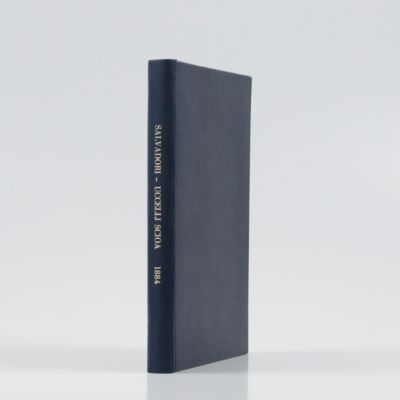
![image for [Original watercolour sketches of French landscapes]](https://www.schierenberg.nl/media/cache/product_thumb/70046/70046_x.jpg)
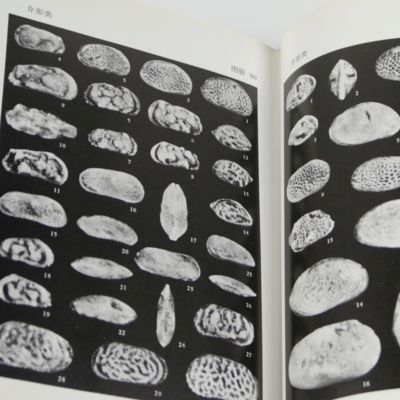
![image for Waterval - Waterfall [Fine facsimile print].](https://www.schierenberg.nl/media/cache/product_thumb/71461/71461_x.jpg)
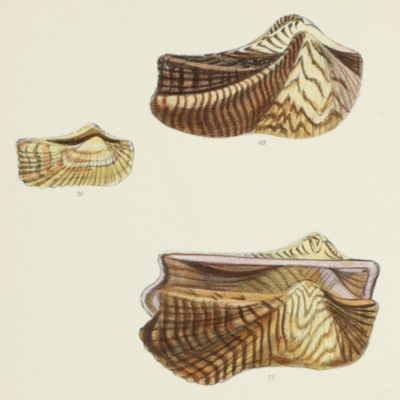
![image for Ruiter - Horseman [Fine facsimile print].](https://www.schierenberg.nl/media/cache/product_thumb/71465/71465_x.jpg)
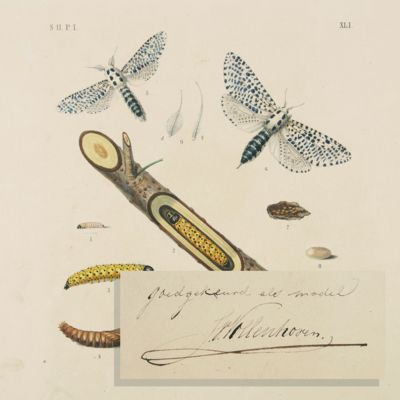
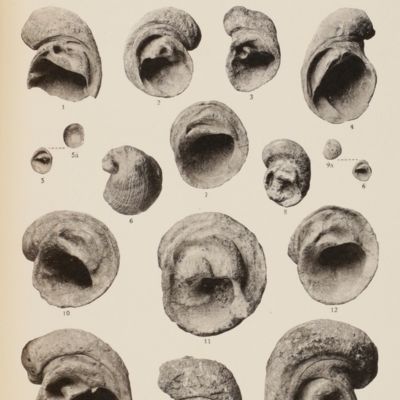
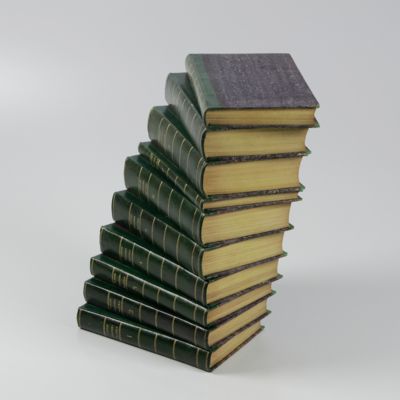
![image for Documents decoratifs. Planche 51. [Bijoux - Jewelry]](https://www.schierenberg.nl/media/cache/product_thumb/73317/73317_x.jpg)


